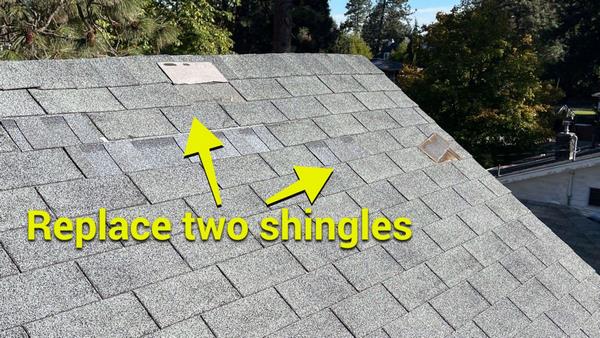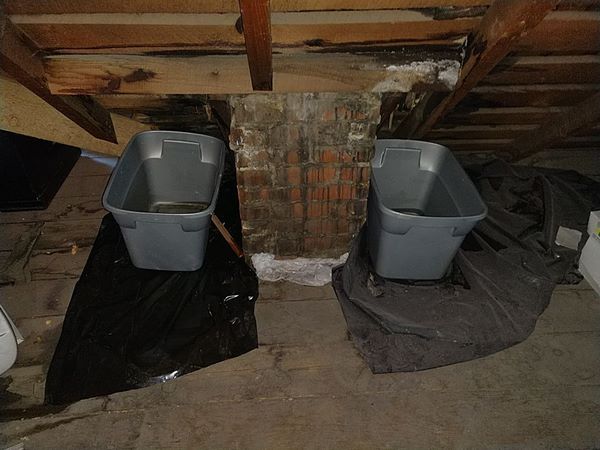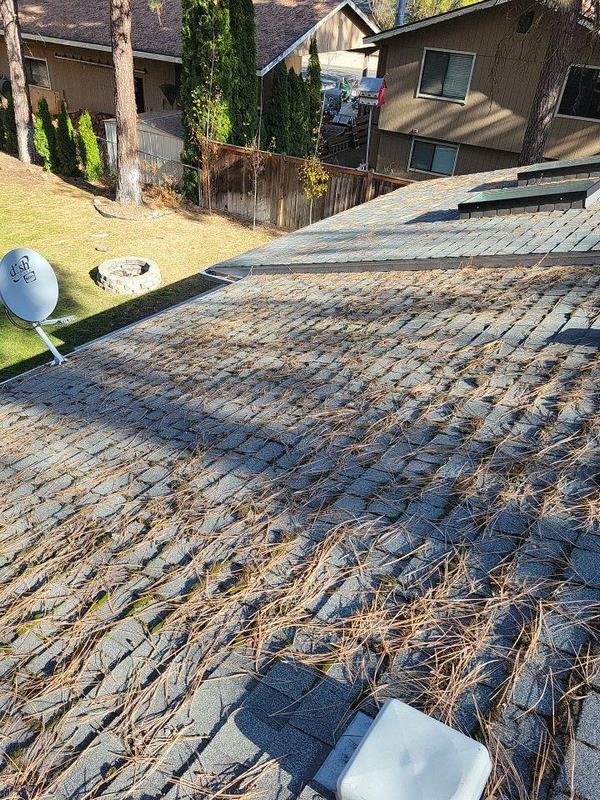When to replace roof shingles is a question that many homeowners face at some point. A well-maintained roof is essential for protecting your home from the elements, but knowing when it’s time for a shingle replacement can be challenging. In this comprehensive guide, we’ll explore the key signs that indicate it’s time to replace your roof shingles, helping you make informed decisions about your home’s maintenance and safety.
The Lifespan of Roof Shingles
The first factor to consider when determining when to replace roof shingles is their age. The lifespan of your shingles depends on various factors, including the type of shingles, the quality of installation, and the climate in your area.
|
Shingle Type |
Average Lifespan |
|
Asphalt |
20-30 years |
|
Wood |
15-30 years |
|
Metal |
40-70 years |
|
Tile |
50-100 years |
|
Slate |
75-200 years |
If your roof is approaching or has exceeded its expected lifespan, it’s a good idea to have it inspected by a professional roofing contractor. They can assess the condition of your shingles and recommend whether a repair or total replacement is necessary.
Signs of Physical Damage
Another clear indication that it’s time to replace your roof shingles is visible damage. Over time, shingles can suffer from various types of damage, including:
- Cracking or splitting
- Curling or cupping edges
- Missing or broken shingles
- Bald spots or granule loss
- Moss or algae growth
If you notice any of these signs of damage, it’s crucial to address the issue promptly. Damaged shingles can allow water to penetrate your roof, leading to leaks, mold growth, and structural damage to your home.

Weather and Storm Damage
Severe weather events can also necessitate a roof shingle replacement. Hail, high winds, and heavy snow can all cause significant damage to your roof, compromising its ability to protect your home.
|
Weather Event |
Potential Damage |
|
Hail |
Dents, cracks, or granule loss |
|
High winds |
Lifted, torn, or missing shingles |
|
Heavy snow |
Ice dams, excessive weight, and moisture |
After a severe storm, it’s essential to have your roof inspected for damage. A professional roofer can identify any issues and recommend the appropriate course of action, whether it’s a repair or a total replacement.
Granule Loss and Aging
As shingles age, they begin to lose the protective granules that coat their surface. These granules help shield your roof from UV rays, water, and other damaging elements. If you notice excessive granule loss in your gutters or on the ground around your home, it’s a sign that your shingles are nearing the end of their lifespan. To check for granule loss, you can also inspect your shingles closely. If you notice bald spots or areas where the granules have worn away, exposing the underlying asphalt, it’s time to consider a roof replacement.
Interior Warning Signs
Sometimes, the signs that you need to replace your roof shingles are visible from inside your home. If you notice any of the following interior warning signs, it’s time to call a roofing professional:
- Water stains on ceilings or walls
- Sagging roofline or ceiling
- Light visible through the attic roof
- Excessive moisture or mold growth in the attic
These interior signs often indicate that your roof has been compromised, allowing water to penetrate your home. Ignoring these warning signs can lead to more extensive damage and costly repairs down the road.

Leaking roof
Energy Efficiency and Utility Bills
An aging or damaged roof can also impact your home’s energy efficiency. If you’ve noticed a sudden increase in your heating or cooling bills, it may be due to air leaks or insufficient insulation caused by deteriorating roof shingles. Replacing your roof shingles with newer, more energy-efficient options can help lower your utility bills and improve your home’s overall comfort. Many modern shingles are designed to reflect sunlight, reducing heat absorption and keeping your home cooler in the summer months.
Professional Roof Inspection
If you’re unsure whether it’s time to replace your roof shingles, the best course of action is to schedule a professional roof inspection. A qualified roofing contractor can thoroughly assess the condition of your roof, identify any issues, and provide expert recommendations tailored to your specific needs. During an inspection, a roofing professional will examine various aspects of your roof, including:
- Shingle condition and age
- Flashing and sealant integrity
- Gutter and downspout function
- Ventilation and insulation
- Structural integrity
Based on their findings, they can advise you on whether a repair or total replacement is the most appropriate solution for your home.

Needles can damage the roof
The Risks of Delaying Replacement
When it comes to replacing your roof shingles, timing is crucial. Delaying a necessary replacement can lead to a host of problems, including:
- Water damage and leaks
- Mold and mildew growth
- Decreased energy efficiency
- Compromised structural integrity
- Reduced home value
Ignoring the signs that it’s time to replace your roof shingles can result in more extensive and expensive repairs down the line. By addressing the issue promptly, you can protect your home, maintain its value, and ensure the safety and comfort of your family.
Choosing the Right Replacement Shingles
Once you’ve determined that it’s time to replace your roof shingles, the next step is to choose the right type of shingles for your home. There are several factors to consider, including:
- Climate and weather conditions in your area
- Architectural style of your home
- Budget and cost considerations
- Desired lifespan and durability
- Energy efficiency and environmental impact
A professional roofing contractor can help guide you through the selection process, recommending shingles that best suit your specific needs and preferences. They can also provide insights into the latest advancements in shingle technology, such as impact-resistant and reflective options.

Underlayment on the roof
Maintenance Tips to Extend Shingle Life
While replacing your roof shingles is inevitable, there are steps you can take to extend their lifespan and maintain the integrity of your roof. Regular maintenance tips include:
- Cleaning gutters and downspouts to prevent clogs and water backup
- Trimming overhanging tree branches to minimize debris and damage
- Ensuring proper attic ventilation to reduce moisture buildup
- Inspecting your roof annually for signs of damage or wear
- Addressing minor repairs promptly to prevent further deterioration
By implementing these maintenance practices, you can help your roof shingles last longer, saving you money and hassle in the long run.
Frequently Asked Questions (FAQ)
How much does it cost to replace roof shingles?
Can I replace my roof shingles myself, or do I need to hire a professional?
How long does a typical roof shingle replacement take?
In conclusion, knowing when to replace roof shingles is essential for maintaining the integrity and protection of your home. By understanding the signs of aging and damage, scheduling regular professional inspections, and addressing issues promptly, you can ensure that your roof remains in top condition for years to come. Remember, a well-maintained roof not only enhances your home’s appearance but also provides peace of mind, knowing that your family and belongings are safe and secure.
Any roof issues?
Our experts can provide a free consultation and advice on the best solution
Call us at



 509-201-4190
509-201-4190
